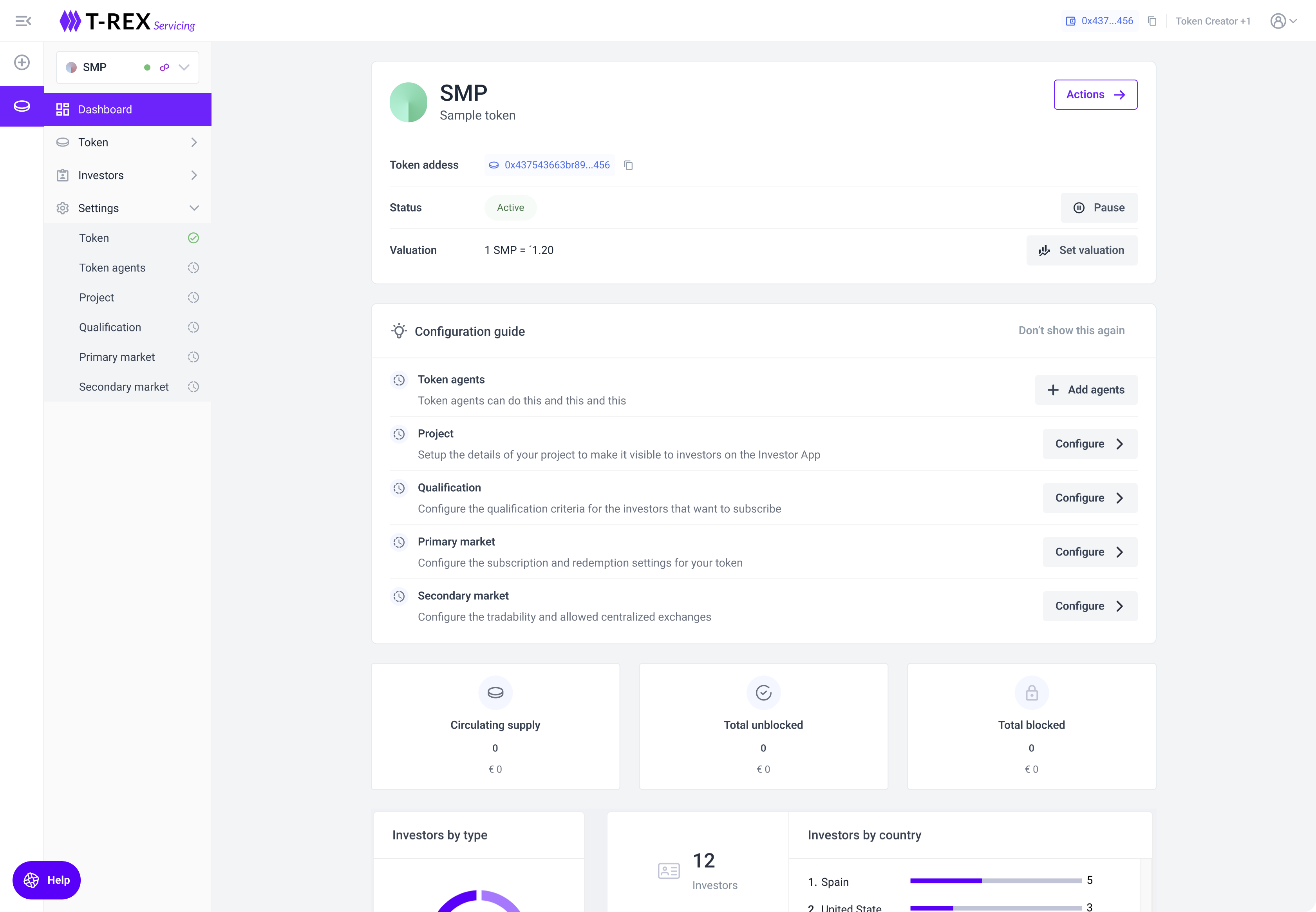Multichain platform
Currently, our multi-chain platform supports token deployments on any public or private network compatible with Ethereum Virtual Machine (EVM). This flexibility ensures compatibility across a broad spectrum of blockchain environments, enhancing the accessibility and adaptability of token deployments.
Key concepts
- Ethereum Virtual Machine (EVM) → Decentralized runtime environment of the Ethereum blockchain responsible for interpreting and executing smart contracts coded in languages like Solidity. It ensures consensus among network nodes, maintains determinism, and employs a gas-based fee system for transaction and contract execution.
- Layer 2 → Secondary framework built atop a primary blockchain network, aiming to enhance scalability, speed, and efficiency by processing transactions off-chain while relying on the security of the underlying main blockchain.
- Public network → Open and decentralized system accessible to anyone worldwide. It operates on a permissionless basis, allowing anyone to participate in validating transactions and contributing to the network's consensus.
- Private network → Closed, permissioned blockchain system. It restricts access to a select group, ensuring only trusted entities can validate transactions. This enhances security, scalability, and control, making it suitable for organizations seeking a trusted, controlled blockchain environment.
Supported Networks
In general, we can support any EVM-compatible blockchain network. You can find all the blockchains that are already available and ready to use here.
Deployment on ETH mainnet option is reserved for Enterprise clients with a minimum licence of €120,000 per year (paid upfront, see pricing categories here) and an active Enterprise SLA (€10,000 per month, billed monthly).
Important: We also support various testnets for testing purposes.
Warning: We support the Ethereum network, but we do not cover its associated gas fees.
Find the network in the platform
Issuer App
The blockchain network display is located at the lower-left corner and in the token selector.

Investor App
In case you are using our Investor Portal, the blockchain network display is located below the token name and in the token selector of the navbar.

Frequently Asked Questions
Can the Same Smart Contract Address be Used Across Multiple Chains?
Yes, it is possible to maintain the same smart contract address across multiple chains. This feature enhances efficiency and simplifies deployment processes.
Can I deploy tokens in more than one network?
This concept is known as "token bridging" or "token porting", and currently with our platform, it is not possible for a token to exist on multiple blockchains networks simultaneously. However, as mentioned before, we can keep the same smart contract address in multiple chains.
Is Security Compromised in Multichain Environments?
Security in multichain environments is a priority. Robust encryption, consensus mechanisms, and network design are implemented to ensure the integrity and security of each blockchain within the multichain ecosystem.
